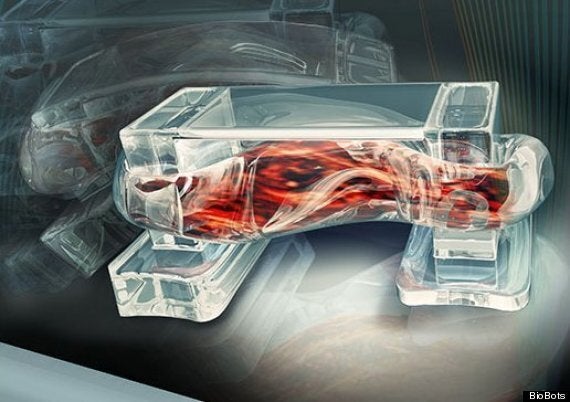Scientists have developed "a new generation" of tiny robots powered by living muscles.
The ridiculously small robots are as biological as they are mechanical, claims the team of engineers at University of Illinois at Urbana-Champaign. This latest set of organic robots is not the university's first, but it's their most impressive and advanced so far.
The bots they have demonstrated use real muscle cells combined with electrical pulses to propel themselves forward. The research was published in the Proceedings of the National Academy of Science in the US.

"Biological actuation driven by cells is a fundamental need for any kind of biological machine you want to build," said study leader Rashid Bashir.
"We're trying to integrate these principles of engineering with biology in a way that can be used to design and develop biological machines and systems for environmental and medical applications."
The robots are less than a centimeter square, and are powered by controllable electric pulses, meaning that scientists can direct the bots where they want them to go.
"Skeletal muscles cells are very attractive because you can pace them using external signals," Bashir said according to Phys.org.
"For example, you would use skeletal muscle when designing a device that you wanted to start functioning when it senses a chemical or when it received a certain signal. To us, it's part of a design toolbox. We want to have different options that could be used by engineers to design these things."
The researchers now want to make the machines more complex, building in new muscles which can lead to machines able to deliver drugs, help in surgery or form part of smart implants.
"But why stop there? We can go beyond this by using the dynamic abilities of cells to self-organize and respond to environmental cues to forward engineer non-natural biological machines and systems," Bashir added.
"The idea of doing forward engineering with these cell-based structures is very exciting."
Yep, exciting. And not at all terrifying.